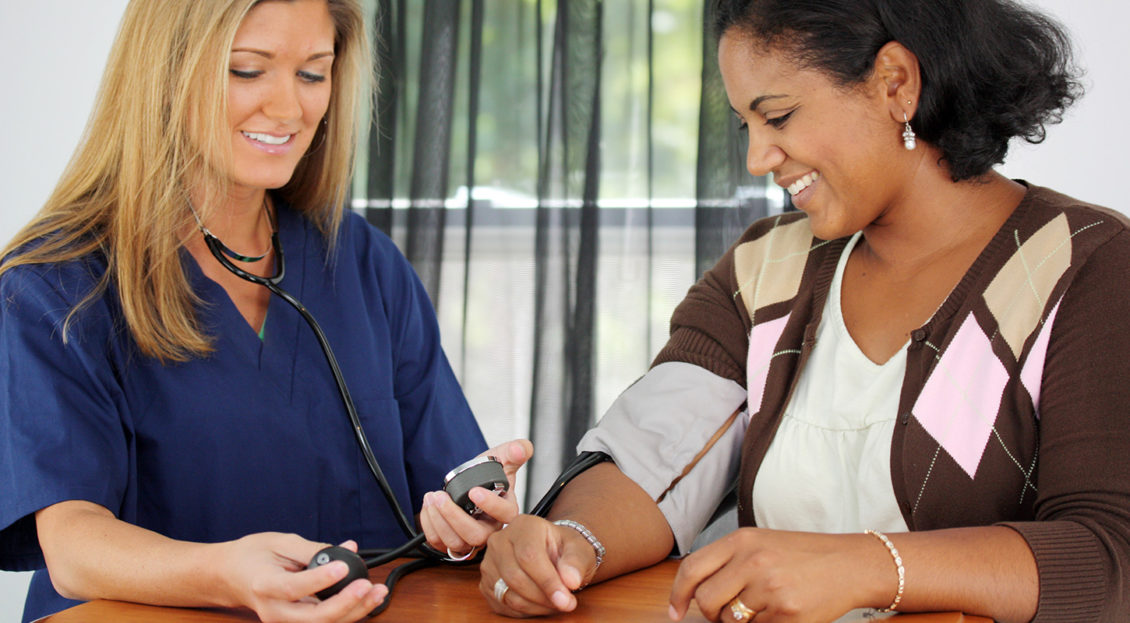Very few women are aware of the right age to start screening for heart disease, the leading cause of death in American women, according to a new national survey by Orlando Health. Despite a recommendation by the American Heart Association to begin heart screenings at age 20, only 8% of the women polled thought these crucial heart health checkups should start in their 20s. On average, women polled thought that right age to start screening was 41, two decades later.
This is a wake-up call that women shouldn’t wait until they’re 40 to pay attention to their heart risks. Heart disease can start to develop when women are in their teens or early 20s. Without treatment, it often silently damages arteries until it gets severe enough to cause a heart attack or stroke. Here’s a look at the best ways for young women to be checked for hidden signs of heart disease, which can be prevented, stabilized or even reversed with the science-based BaleDoneen Method, as two peer-reviewed studies show.
- Blood pressure. Sixty-seven million Americans–about one in three adults–have high blood pressure (a reading of 140/90 or higher), and 70 million have pre-hypertension (a reading of 120/80 to 139/89). Although elevated blood pressure is the leading risk for stroke and a major contributor to heart disease, many people who have it aren’t aware of their condition or don’t have under control. Yet high blood pressure is highly treatable with weight loss, dietary and lifestyle changes and in many cases, medications. A large study found that for each 10 mm hG drop in blood pressure, heart attack risk fell by 50%!
- Cholesterol. Most patients assume that the standard cholesterol test known as “a lipid profile” or “coronary risk panel” checks for all forms of dangerous cholesterol that raise heart attack and stroke risk. However, most healthcare providers don’t test patients for a common inherited-cholesterol disorder: elevated levels of lipoprotein (a), a type of cholesterol that triples risk for heart attacks. Statins don’t work well for this disorder, but it can treated with niacin (vitamin B) and other therapies. This test only needs to done once in a lifetime.
- Blood sugar. It’s very common for people to be diagnosed with diabetes or insulin resistance (IR), a pre-diabetic condition, shortly after they suffer a heart attack. While these conditions may sound unrelated, actually IR is the underlying cause of 70% of heart attacks. BaleDoneen and other studies show that the most accurate screening test for IR and diabetes is the 2-hour oral glucose tolerance test (OGTT). In the time it would take you watch a movie, you can find out if you have IR, which can often be treated or reversed with lifestyle changes.
- Waist measurement. A waistline measuring more than 35 inches for a woman is one of the leading indicators of metabolic syndrome (a dangerous cluster of heart attack risks). Talk to your medical provider about the best exercise-and-weight-loss plan to slim your waist–and reduce risk for heart attack, stroke and diabetes.
- Carotid intima-media thickness (cIMT). This noninvasive 15-minute, FDA-approved test uses ultrasound to measure the thickness of the lining of the largest artery in your neck–and can also detect arterial plaque (disease). A recent study of 13,000 people found that adding carotid thickness and plaque to traditional heart risk factors significantly improved the accuracy of 10-year risk predictions for heart attack and stroke.
- Genetic testing. About 50% of Americans carry one or more genes that raise risk for heart attacks. If you have a family history of heart disease or diabetes, discuss genetic testing with your medical provider. In addition, your DNA can also help guide the best diet-and-exercise plan to optimize your heart health, as discussed more fully in the bestselling BaleDoneen book, Beat the Heart Attack Gene: The Revolutionary Plan to Prevent Heart Disease, Stroke and Diabetes.
